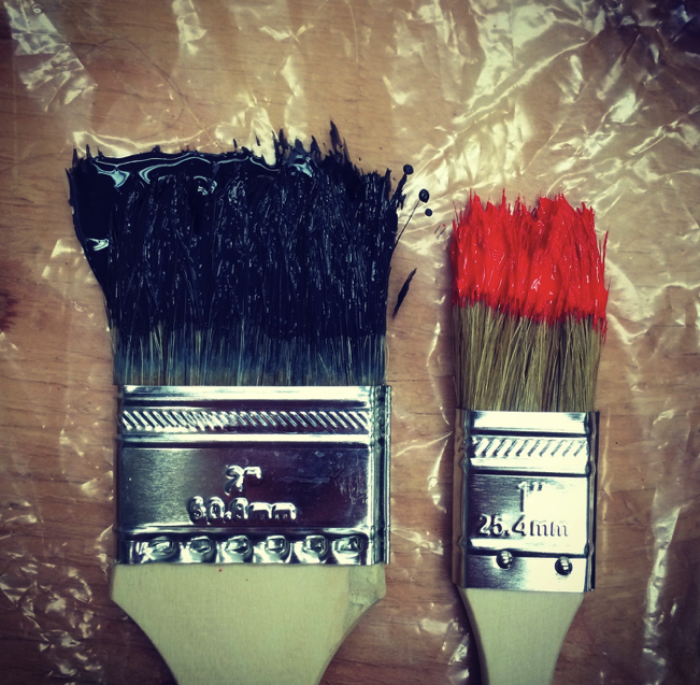EMPLOY THE ELEGANCE OF DARK COLORS WITH HOME SIDING: 7 DARK VINYL SIDING DESIGN IDEAS
If you're looking to improve the exterior of your home, there is nothing more impactful than the siding.
READ MOREFor most homeowners, the place you cook your dinners and watch your kids grow up is more than just an assembled heap of wood and drywall – your home is like another member of the family.
A healthy, sustainable home is a happy home for those who live inside. Inevitably, as your home gets older, so do the materials and systems that make it tick. Consider investing in these 5 solutions that will not only result in a healthier interior home environment, but they will make your home last longer as well.

Paint has come a long way in the past 30 years. The interior walls of homes used to be painted with lead-based pigments that lead to the emission of harmful chemicals and toxins that promoted poor interior air quality and unhealthy homeowners. Even today, much of the paint you can purchase at your local hardware store contain VOCs (volatile organic chemicals) that still have a negative impact on your home’s health.
Using paint that has been certified low-VOC is the best option for a healthy home, and can even be used to gain LEED credits towards having your house sustainably certified.
Vented soffits are essential for any healthy home. If your home is over 30 years old, chances are the builders never installed a roof that can be naturally vented through holes in the fascia. Venting your roof ensures moisture and hot air is pulled off the joists and insulation, preventing mildew, mold, and even rot.
Installing an attractive aluminum soffit - like this one from Rollex - gives your roof the best chance to vent, and keeps your interiors free of noxious, mold-riddled air. In addition, a vented soffit helps to pull hot summer air off your roof, reducing energy costs and keeping your home naturally cool.
The most effective way to keep the air inside your home clean, fresh, and chemical-free, is to recycle air from the outside environment. Most homes achieve this through their forced air conditioner system. However, continuously running those fans just for air exchange can be costly and noisy.
This whole house fan from QuietCool pulls the interior air from your home, and replaces it with clean, exterior air that enters through open windows. It’s a simple system that helps maintain good interior air quality, and acts to keep your home cool in the summer months (without the need for an AC!).
Chances are your home has been using incandescent bulbs for the better part of its lifespan. These bulbs translate almost 85% of the energy used to power them into heat, and only 15% into light. Not only does this impose an incredible energy load on your home, it also inadvertently heats at the same time. Switching out your incandescent bulbs for compact fluorescent lighting (CFL) is probably the least expensive way for you to start saving your home from costly energy waste and heat gain today.
And while the best way to minimize energy from lighting would be to use LEDs, your home would probably need entirely new fixtures, ballasts, and switches to make the best use out of them. CFLs work in any fixture where an incandescent used to be, and produce a quality of light that is bright, soft, and pleasant.
With the widespread drought and poor water quality many places on the earth are facing these days, it has never been more important to make sure the water you are drinking is clean. It’s the one thing that comes from our home that we put in our bodies, and goes without saying it is the most basic component of our survival.
A water purifier like the one from PUR is inexpensive and easy to install. Even in places where clean water is easily accessible, these purifiers will protect your drinking water from chemicals, minerals, and elements that could have a lasting effect on your health.
Healthy, sustainable homes don’t require expensive remodels or costly upkeep – and if you’re not sure where to start, consider getting a free energy audit to determine other areas where you might save. By knowing what resources and solutions are on hand, you’re that much closer to healthier living in your home.